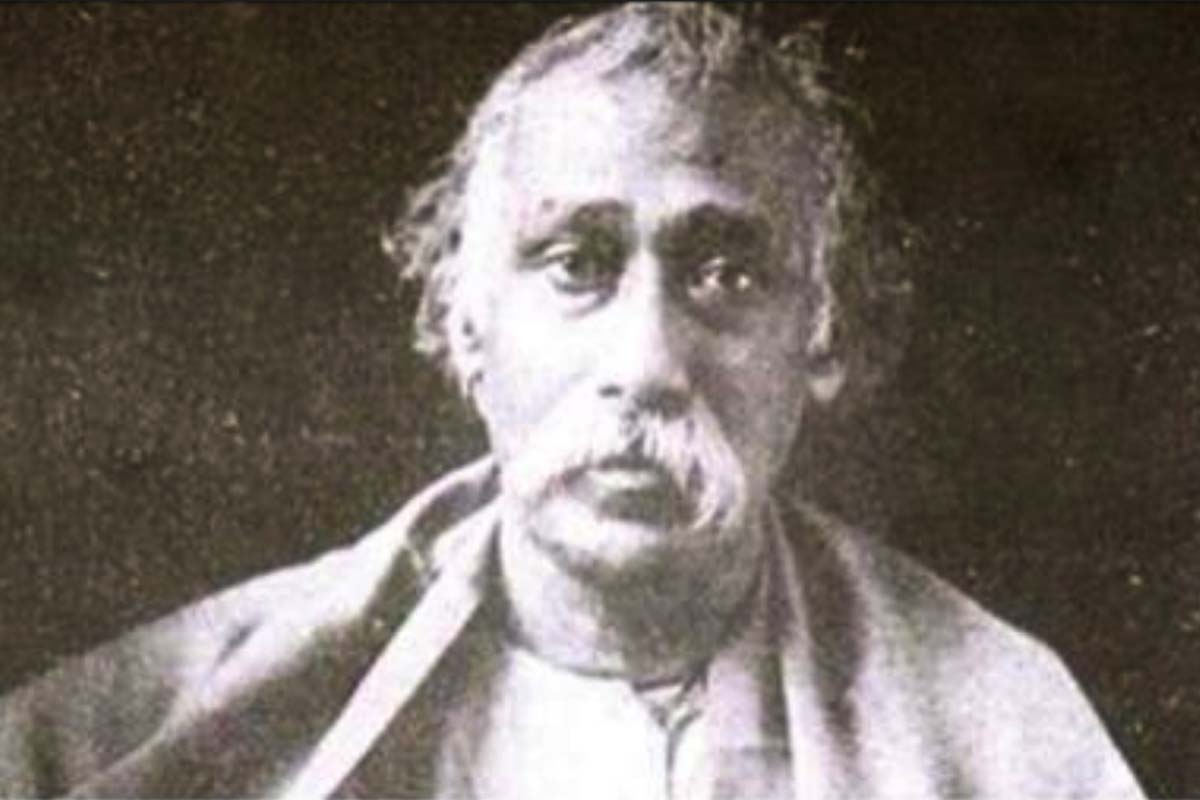Children with critical ailments get treated through Sebaashray
Six children diagnosed with atrial septal defect (ASD) and ventricular septal defect (VSD) were referred to Calcutta Medical College and Hospital for further treatment.
Mahendralal Sarkar was one of the most successful and wellknown doctors of British ruled India whose name and fame spread all over Bengal.

Photo: SNS
During the first half of the 19th century, it took unfathomable courage to claim in loud voice-”God is an imagination, science is reality!” for a British ruled Indian, born years before Vivekananda. No doubt, he is not an ordinary man. He was Mahendralal Sarkar, one of the most successful and famous doctors of the British ruled India, whose name and fame spread all over the Bengal.
Born on 2 November, 1833 in Howrah, he lost his parents in a very young age. After completing his primary education in his village, he got admitted to Hare School and later to the Hindu School.
Advertisement
There, he was admired by everyone as an extraordinary talent with extreme confidence and bold character. Getting older, he not only became a sharp student, but he also had a strong stand in the then debated thought of spiritualism too.
Advertisement
It is said that as a student he was so brilliant that that the professors of Calcutta Medical College requested him to deliver a lecture on optics to his fellow colleagues. However, having an excellent medical career during his college, he became the second MD of the Calcutta Medical College after Chandra Kumar Dey.
His medical career took a huge turn after he met the homeopath practitioner Rajendralal Dutt and got influenced by the book Philosophy oh Homeopathy by William Morgan. For proclaiming that homeopathy medicine is superior to western medicine, he was rusticated from the British medical association. Apart from five other doctors, his character made him more interesting to the youth of that era. Regaining his practice as a doctor, he used to take visit fees of 32 rupees, while the best medical British practitioners claimed 16 rupees! Nevertheless, he was always a step forward to bring a mindset of independence from the British among the countrymen.
On the question of worshipping God, this colossal personality always exerted importance on worshipping the true God of humanity- the common people of the country. A story runs that the apparently arrogant and angry doctor used to give away the poor patients food and funds, but take high fees from the rich patients. But he never discriminated the patients according to community as others did. The doctor being a great friend of the remarkable dramatist Girish Ghosh, often used to instruct the dramatist on how his appearance should be on stage.
The greatest achievement of his life was the establishment of IACS (Indian Association fort the Cultivation of Science), the first ever science association in India, that worked to propagate scientific thoughts among the common folk of the state. Moreover, he arranged more seats for making woman eligible for getting scientific education and arranged lectures to spread proper scientific thoughts among the youth.
He had a different kind of relationship with Ramakrishna Paramhansa, the great spiritual leader of the 19th century Hindu renaissance. Apart from being the doctor of novelist Bankimchandra Chattopadhyay, he was also served to Tripura’s King Birendra Manikya.
Ramakrishna had an affable relation with the doctor, as he smilingly accepted the harsh and rough comments by the practical and logical doctor. Another shining example of his versatile life was that he encouraged woman education in a strong mind. He was the principle inspiration of Lady Abala Bose, wife of Jagadish Chandra’s wife to go to Madras for learning medicines.
He even managed seats for Tagore’s relative Sarala Devi Chaudhurani for attending lectures in the IACS. The British government honoured him as a magistrate and the Calcutta University felicitated him with the doctorate degree, as he passed away in the year of 1904 at the age of 70. But his deeds as a doctor, social reformer and a science propagator will inspire to cure the diseases of the society forever.
Advertisement